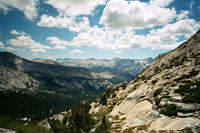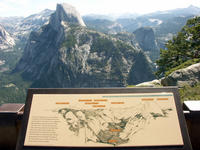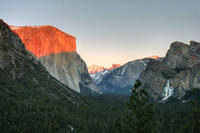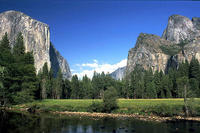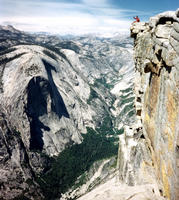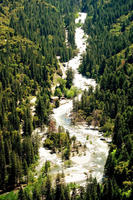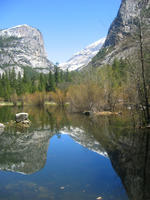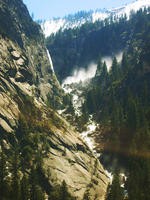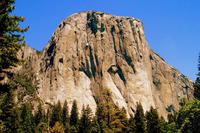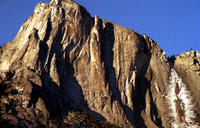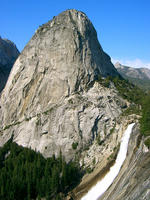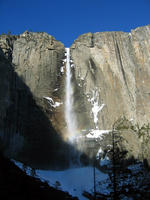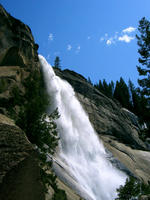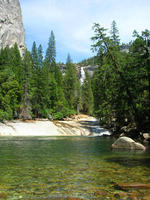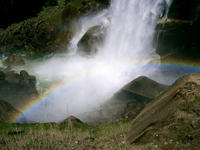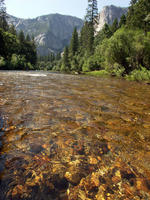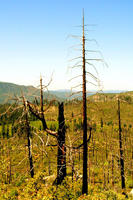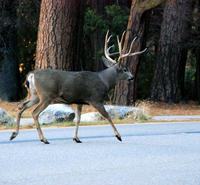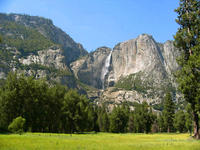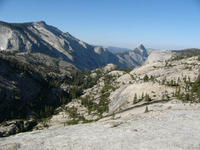You are in: North America -> United States of America -> Yosemite National Park, and traditional search or Image Gallery will yield results of this site only
Yosemite National Park
| Site number: | 308 |
|
| Type of site: | natural | |
| Date: | - | |
| Date of Inscription: | 1984 | |
| Location: | North America, United States of America, California | |
Up to 75 images are shown here. Click on each for more details or on Image Gallery for more images.
Six official UN languages:
Arabic,
Chinese,
English,
French,
Russian,
Spanish
Other languages: Bulgarian, Catalan, Croatian, Dutch, Estonian, Finnish, German, Greek, Hebrew, Hungarian, Italian, Japanese, Lithuanian, Luxembourgish, Norwegian-bokmål, Polish, Portuguese, Swedish, Ukrainian, Vietnamese
Other languages: Bulgarian, Catalan, Croatian, Dutch, Estonian, Finnish, German, Greek, Hebrew, Hungarian, Italian, Japanese, Lithuanian, Luxembourgish, Norwegian-bokmål, Polish, Portuguese, Swedish, Ukrainian, Vietnamese
| Description: | Yosemite National Park sits in the central part of California. With its 'hanging' valleys, cirque lakes, polished domes, numerous waterfalls, moraines and U-shaped valleys, it offers an outstanding overview of all kinds of glaciation-created granite relief. An immense range of flora and fauna can be found at this 600–4,000 m altitude. --WHMNet paraphrase from the description at WHC Site, where additional information is available. | |
| Yosemite National Park is a national park located largely in Mariposa and Tuolumne Counties, California, United States. The park covers an area of 761,266 acres or 1,189 square miles (3,081 km²) and reaches across the western slopes of the Sierra Nevada mountain chain. Yosemite is visited by over 3.5 million people each year, with most visitors only seeing the seven square miles (18 km²) of Yosemite Valley. Designated a World Heritage Site in 1984, Yosemite is internationally recognized for its spectacular granite cliffs, waterfalls, clear streams, Giant Sequoia groves, and biological diversity. About 89% of the park is designated wilderness. Although not the first designated national park, Yosemite was a focal point in the development of the national park idea, largely owing to the work of people like John Muir. Yosemite is one of the largest and least fragmented habitat blocks in the Sierra Nevada, and the park supports a diversity of plants and animals. The park has an elevation range from 2,000 to 13,114 feet (600 to 4,000 m) and contains five major vegetation zones: chaparral/oak woodland, lower montane, upper montane, subalpine, and alpine. Of California's 7,000 plant species, about 50% occur in the Sierra Nevada and more than 20% within Yosemite. There is suitable habitat or documentation for more than 160 rare plants in the park, with rare local geologic formations and unique soils characterizing the restricted ranges many of these plants occupy. The geology of the Yosemite area is characterized by granitic rocks and remnants of older rock. About 10 million years ago, the Sierra Nevada was uplifted and then tilted to form its relatively gentle western slopes and the more dramatic eastern slopes. The uplift increased the steepness of stream and river beds, resulting in formation of deep, narrow canyons. About 1 million years ago, snow and ice accumulated, forming glaciers at the higher alpine meadows that moved down the river valleys. Ice thickness in Yosemite Valley may have reached 4,000 feet (1200 m) during the early glacial episode. The downslope movement of the ice masses cut and sculpted the U-shaped valley that attracts so many visitors to its scenic vistas today. --Wikipedia. Text is available under the Creative Commons Attribution-ShareAlike License. | ||
| Source: | http://whc.unesco.org/en/list/308 | |
| Reference: | 1. UNESCO World Heritage Center, Site Page. | |







